What is SRC-20: spurring innovation in Bitcoin’s token ecosystem
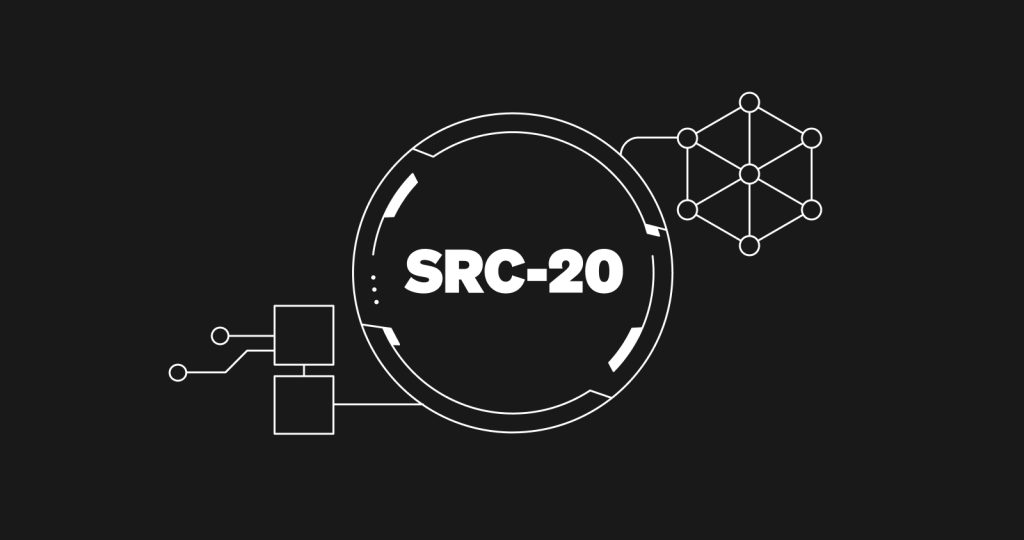

Has 2023 become the year of token standards in the crypto space? One of the most notable developments is the emergence of the SRC-20 standard on the Bitcoin blockchain. Some say it's inspired by Ethereum's famous ERC-20. Many believe that SRC-20 brings a new dimension to digital art and tokens on Bitcoin, offering a blend of innovation and tradition. That's just like another familiar token standard, BRC-20.
But what does this mean for the future of Bitcoin and digital assets?
TL;DR
-
2023 marks a year filled with innovative token standards from BRC-20 to SRC-20.
-
SRC-20 tokens (Bitcoin Stamps) are revolutionizing Bitcoin by embedding data directly into transactions, offering a unique approach to digital collectibles.
-
Embracing both innovation and tradition, SRC-20 expands Bitcoin's utility far beyond just being a store of value, despite debates about its alignment with Satoshi's original vision.
-
SRC-20 tokens represent a blend of technology and art, enabling the creation of immutable digital assets on Bitcoin's blockchain with distinct data embedding techniques.
-
The emergence of SRC-20 is reshaping the future of Bitcoin and digital assets, challenging traditional perceptions and opening new possibilities in the crypto space.
BTC price
What is SRC-20 and its impact on Bitcoin?
The SRC-20 token standard is designed for creating and managing tokens, especially Bitcoin Stamps, on Bitcoin's blockchain. SRC-20 enables the embedding of data in Bitcoin transactions, similar to the BRC-20 standard, but with distinct data embedding approaches.
Bitcoin Stamps, or SRC-20 tokens, are essentially digital collectibles stored on Bitcoin's blockchain. Initially, they leveraged the Counterparty protocol to convert images into encoded files for broadcasting to the Bitcoin network.
Their storage method, using unspent transaction outputs (UTXOs) instead of witness data, sets Bitcoin Stamps apart. UTXOs are akin to the residual balance from a Bitcoin transaction.
The rise of SRC-20 tokens has significantly expanded Bitcoin's functionality, transforming it from a mere value store to a more versatile platform. However, this evolution has sparked debate, with some viewing it as a deviation from Bitcoin's original purpose as envisioned by Satoshi Nakamoto.
SRC-20 tokens must meet specific criteria for proper creation. They can encode only certain image file types and are limited to a maximum size of 24×24 pixels. Each Bitcoin Stamp must have a unique identifier and is created by adding "stamp:base64" in a new transaction.
Despite concerns about their impact on blockchain size and transaction fees, SRC-20 tokens are increasingly popular. They're perceived as a catalyst for non-fungible token (NFT) enthusiasm for Bitcoin and are considered more secure and immutable than other standards due to their non-prunable nature. Prominent SRC-20 tokens include PEPE SRC, KEVIN, STAMP, and SATO
What are Bitcoin Stamps?
Known as SRC-20 tokens, Bitcoin Stamps are a type of NFT that are built upon the Bitcoin blockchain, indicating an extension of the blockchain's purpose from just a decentralized financial system.
These tokens are a part of an emerging protocol called Secure Tradeable Art Maintained Securely (STAMPS), which facilitates the embedding of data, such as digital artwork, directly into Bitcoin transactions. This development has expanded the functionality of the Bitcoin blockchain, transforming it from a mere store of value to a platform capable of supporting a wider range of applications.
Both Ordinal Inscriptions and the Counterparty protocol inspire SRC-20 tokens. Ordinal Inscriptions, introduced in January 2023, allow digital content to be inscribed onto the Bitcoin blockchain. Meanwhile, Counterparty, a peer-to-peer platform based on Bitcoin, was used for issuing NFTs by burning Bitcoin.
SRC-20 tokens stand out due to their unique method of embedding data into the blockchain. They encode image data (in formats such as GIF, PNG, or SVG) to a base64 string, which becomes part of the transaction’s description key. This method of storing data directly in the transaction outputs makes SRC-20 tokens immutable and permanently part of the blockchain, as they're impossible to prune.
The technology behind SRC-20 tokens has been compared to ERC-1155 tokens on Ethereum, which are known for their ability to handle both fungible and non-fungible tokens in a single transaction. However, SRC-20 tokens have specific characteristics that set them apart. Due to the high cost and block space requirements, they can only store small images (24×24 pixels). This limitation contrasts with Ordinal inscriptions, which can accommodate larger data sizes.
Bitcoin Stamps vs Bitcoin Ordinals
Bitcoin Stamps and Bitcoin Ordinals represent two innovative approaches to embedding data into the blockchain, each with distinct characteristics and functionalities.
Bitcoin Stamps
-
Technical implementation: Bitcoin Stamps are integrated directly into the Bitcoin blockchain’s Unspent Transaction Output (UTXO) set. This makes sure the data becomes a permanent, immutable part of the blockchain.
-
Data permanence and security: Their unchangeable nature guarantees the permanence of the data. Once created, a Bitcoin Stamp stays on the blockchain forever, enhancing security and trust.
-
Impact on blockchain efficiency: Designed to occupy minimal space, Bitcoin Stamps have a negligible effect on the overall efficiency and scalability of the Bitcoin network.
-
Use cases and applications: They're ideal for applications that require long-term data integrity, such as legal documents, certificates, and historical records.
-
Legal and regulatory compliance: Their permanent nature makes them highly reliable for compliance with legal and regulatory requirements.
Bitcoin Ordinals
-
Technical implementation: Ordinals involve inscribing data onto individual satoshis. This innovative approach, however, depends on the discretion of nodes, which can prune this data for performance optimization, potentially leading to data loss over time.
-
Data permanence and security: The potential for data pruning in Ordinals raises concerns about long-term security and reliability.
-
Impact on blockchain efficiency: Inscribing data on individual satoshis can cause blockchain bloat, potentially slowing down the network and impacting transaction times. This raises scalability issues.
-
Use cases and applications: While Ordinals offer a unique way to tag and track satoshis, their potential impermanence makes them less suitable for applications where data longevity is critical.
What are the technical specs of SRC-20?
Let's explore the technical specs for SRC-20 tokens.
Underlying protocol
SRC-20 tokens use the Bitcoin Stamps protocol, which differs from the Counterparty protocol previously used. This shift allows for direct data embedding into Bitcoin transactions, providing a unique approach compared to other standards like BRC-20.
Data storage method
One of the key features of SRC-20 token is its storage in unspent transaction outputs (UTXOs). This method permanently stores data such as images and text on the blockchain and is impossible to prune.
Token characteristics
-
File types: SRC-20 tokens can encode JPG, GIF, PNG, or SVG files.
-
Size limitation: Encoded files are restricted to a maximum size of 24×24 pixels.
-
Unique identifier: Each Bitcoin Stamp must have a numerical and unique identifier.
-
Minting process: The minting of SRC-20 tokens involves converting an image to text, encoding it as a Base64 file, and appending "Stamp:" before the text. This encoded file is then broadcasted to the Bitcoin network for validation and compilation back into the original image.
-
Transaction and decoding: SRC-20 transactions encode a "STAMP:base64" string in the description key of a transaction. These tokens can be decoded directly from the original Bitcoin transaction.
Impact and considerations
-
Comparisons with other standards: SRC-20 tokens are often compared to Ethereum's ERC-1155 token, as both allow for the efficient transfer of fungible and non-fungible tokens. However, SRC-20 is specifically designed for the Bitcoin blockchain and has its own unique characteristics.
-
Resource usage and costs: SRC-20 tokens require significant block space and resources, leading to higher costs. This is particularly true for larger files that use a multi-sig option for data storage.
-
Market implications: The introduction of SRC-20 tokens is part of the broader trend of bringing token economies to Bitcoin. This shift provides new opportunities for traders, but also brings challenges and debates, particularly around the use of blockchain space and the impact on transaction fees.
What's next for SRC-20?
The future of Bitcoin and SRC-20 tokens has triggered a healthy debate in the Bitcoin community. SRC-20 tokens have introduced a new layer of innovation to the Bitcoin blockchain. These tokens support the secure embedding of data within Bitcoin transactions, similar to the BRC-20 standard, but with distinct methods for data embedding.
This development has broadened Bitcoin's utility, transforming it from just a store of value into a more versatile platform with diverse use cases. The SRC-20 tokens, while in their infancy, hint at promising developments aimed at enhancing the efficiency within the Bitcoin ecosystem.
However, they also face potential resistance from Bitcoin maximalists who are concerned about maintaining the original essence of the Bitcoin blockchain amid these new innovations. This resistance may lead to debates and a split within the community over the direction of Bitcoin's future.
A key advantage of Bitcoin Stamps is their permanence on the blockchain, as they're stored directly in the spendable transaction outputs, making them immune to pruning. This feature guarantees the long-term preservation of these digital assets.
The popularity and rapid growth of Bitcoin Stamps indicate a growing interest in new forms of digital collectibles and the potential expansion of Bitcoin's functionalities. The developments in SRC-20 tokens and Bitcoin Stamps could redefine how we perceive and interact with blockchain technology, potentially leading to more widespread adoption and novel use cases in the digital asset space.
The final word
The SRC-20 standard, specifically designed for Bitcoin Stamps, stands out for its unique data embedding techniques, which differ from the BRC-20 standard. Bitcoin Stamps, the digital collectibles under the SRC-20 umbrella, initially employed the Counterparty protocol for embedding data in Bitcoin transactions. The technology used unspent transaction outputs (UTXOs) for permanent and immutable storage on the blockchain.
Despite the growing popularity of SRC-20 tokens and their role in fostering NFT enthusiasm on Bitcoin, the evolution of Bitcoin through these tokens has sparked debate within the crypto community. Some view this shift as a deviation from the original vision of Bitcoin's creator, Satoshi Nakamoto.
The technical specifications of SRC-20 tokens include:
-
Data storage method: Using UTXOs for permanent data embedding.
-
Token characteristics: Including file type limitations and unique identifier requirements.
-
Minting process: Involving the conversion of images to text, encoded as Base64 files.
-
Transaction and decoding: Featuring a unique encoding method for data embedding.
What could be the lasting impact of SRC-20 tokens on Bitcoin's identity and its role in the broader crypto space?
BTC price


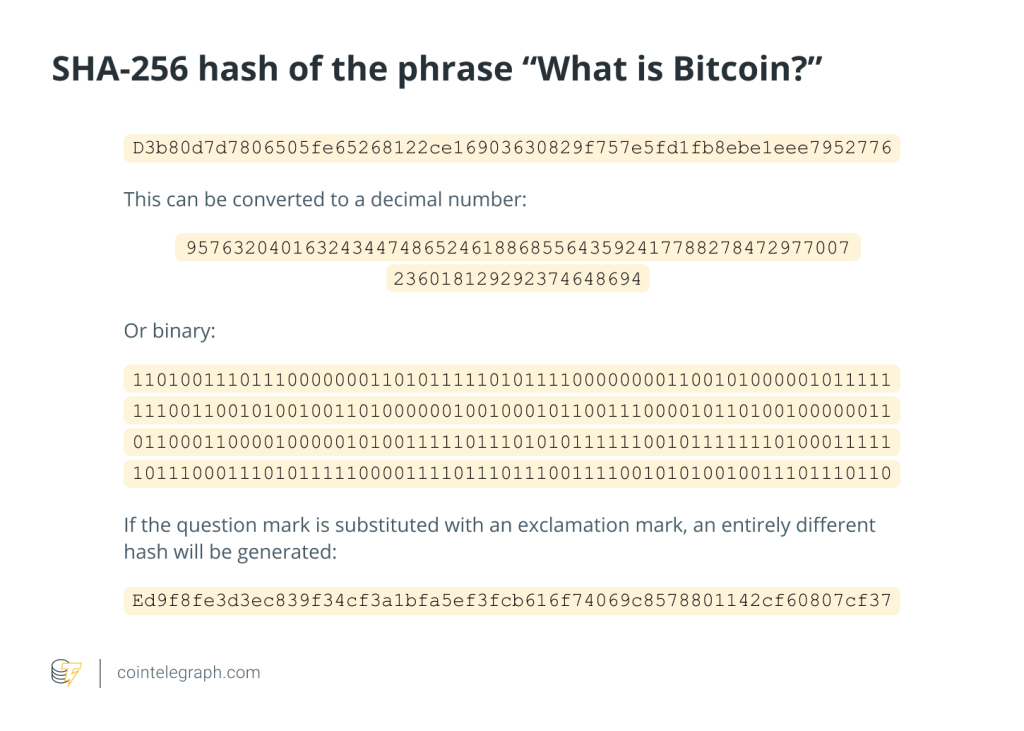
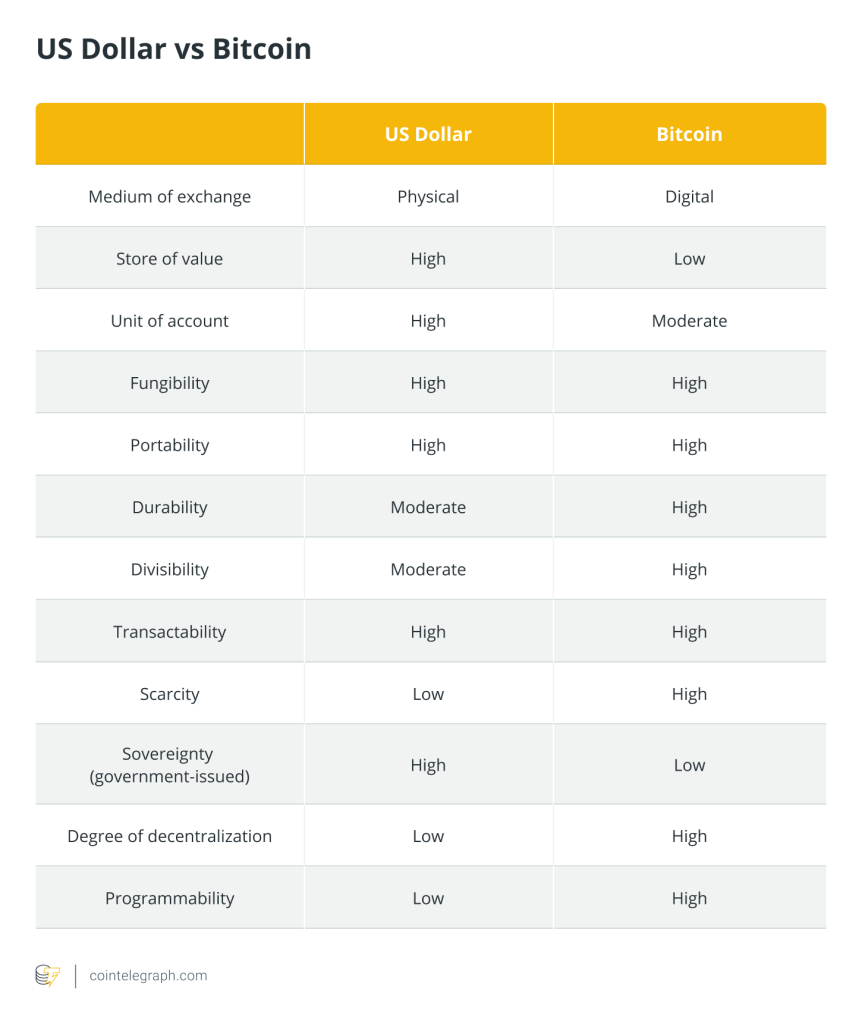
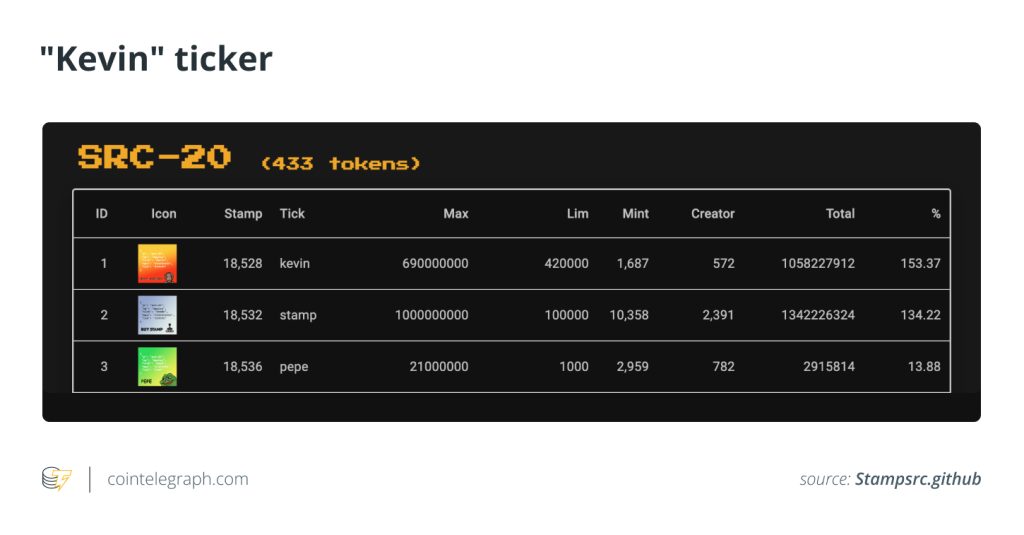
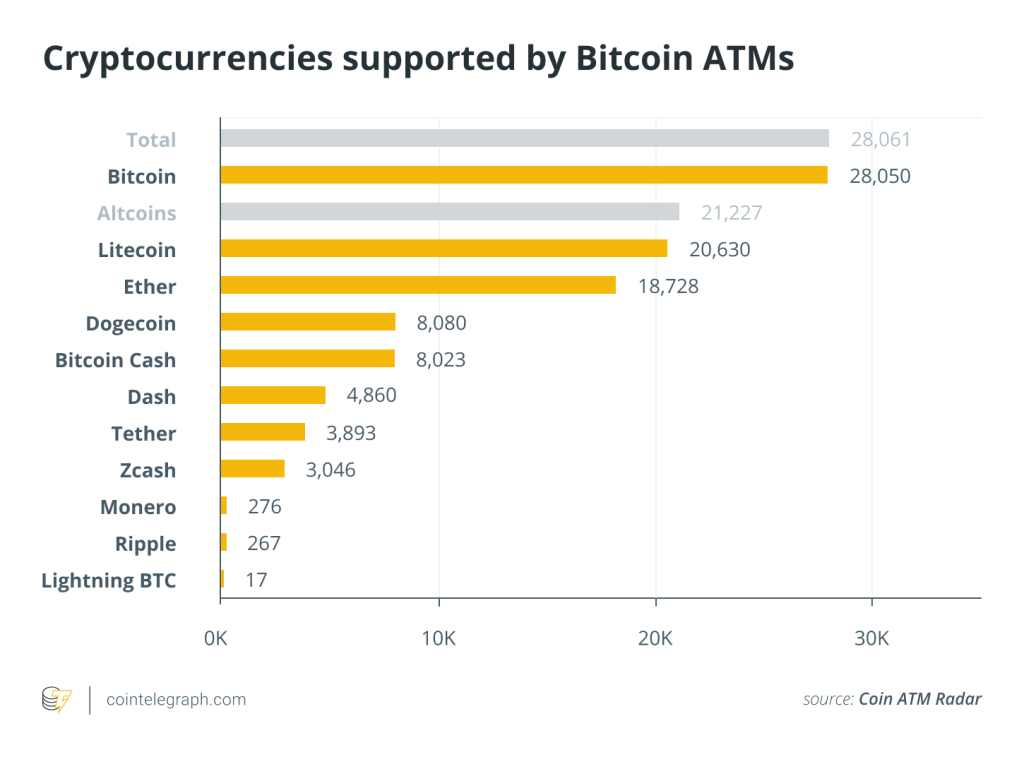
… [Trackback]
[…] Find More Info here on that Topic: x.superex.com/academys/deeplearning/1722/ […]
… [Trackback]
[…] Read More on that Topic: x.superex.com/academys/deeplearning/1722/ […]
… [Trackback]
[…] Read More on that Topic: x.superex.com/academys/deeplearning/1722/ […]
… [Trackback]
[…] Find More Information here on that Topic: x.superex.com/academys/deeplearning/1722/ […]
… [Trackback]
[…] Read More on to that Topic: x.superex.com/academys/deeplearning/1722/ […]
… [Trackback]
[…] Read More to that Topic: x.superex.com/academys/deeplearning/1722/ […]
… [Trackback]
[…] Find More here on that Topic: x.superex.com/academys/deeplearning/1722/ […]
… [Trackback]
[…] Information to that Topic: x.superex.com/academys/deeplearning/1722/ […]
… [Trackback]
[…] Read More Information here to that Topic: x.superex.com/academys/deeplearning/1722/ […]
… [Trackback]
[…] Find More on on that Topic: x.superex.com/academys/deeplearning/1722/ […]
… [Trackback]
[…] Read More to that Topic: x.superex.com/academys/deeplearning/1722/ […]
… [Trackback]
[…] Find More Information here on that Topic: x.superex.com/academys/deeplearning/1722/ […]
… [Trackback]
[…] Info on that Topic: x.superex.com/academys/deeplearning/1722/ […]
… [Trackback]
[…] Information on that Topic: x.superex.com/academys/deeplearning/1722/ […]
… [Trackback]
[…] Information to that Topic: x.superex.com/academys/deeplearning/1722/ […]
… [Trackback]
[…] Read More Info here on that Topic: x.superex.com/academys/deeplearning/1722/ […]
… [Trackback]
[…] Find More on to that Topic: x.superex.com/academys/deeplearning/1722/ […]
… [Trackback]
[…] Here you can find 17922 additional Information on that Topic: x.superex.com/academys/deeplearning/1722/ […]
… [Trackback]
[…] Here you can find 36859 more Info on that Topic: x.superex.com/academys/deeplearning/1722/ […]